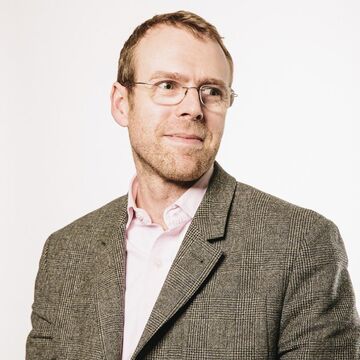

Tim Parsons
Professor
Contact
Bio
BA, 1996, University of Teesside, Middlesbrough, UK; MA, 2000, Royal College of Art, London. Exhibitions: Museum of Contemporary Art, Chicago; Istanbul Design Biennial, MAAT Lisbon, Design Museum, London; Aram Gallery, London, Science Gallery Dublin, Publications: Thinking:Objects - Contemporary Approaches to Product Design, AVA Academia; Phaidon Design Classics; Blueprint; Icon; Crafts Magazine; Core77; SightUnseen. Awards: Pewter Product of the Year, The Worshipful Company of Pewterers, UK.
Personal Statement
Tim Parsons is Associate Professor and Chair of the Designed Objects programs in the Department of Architecture, Interior Architecture and Designed Objects at The School of the Art Institute of Chicago. He is co-founder, with his wife Jessica, of the design studio Parsons & Charlesworth. He studied Industrial design before earning a Master of the Arts Degree in Design Products at London’s Royal College of Art in 2000. He has gone on to teach product design at universities in Britain and America. Tim previously taught at University of the Arts London and Manchester Metropolitan University. As a designer, he has worked with manufacturers in Britain and Europe and exhibited widely, including at The Design Museum, London and MCA, Chicago. As a writer Tim has contributed articles and essays to publications including Blueprint, ICON, Crafts and Phaidon’s Design Classics and his book Thinking: Objects: Contemporary Approaches to Product Design was published in 2009 by AVA Academia.
YouTube - Making Meaning: An Introduction to Designing Objects | SAIC